| The Anthropocene Laboratory Newsletter | | | |
|
|
| Time for summer break
It has been a busy few months at the Laboratory, with finalisation and publication of our first annual report, and substantial work efforts devoted to completing scientific manuscripts for our two research tracks, with the help of multiple visiting researchers. We have advertised new positions, and it has been exciting to see the diversity of scholars that have shown interest and applied to the positions. We have further developed our plans to co-host an Anthropocene campus next year and a seminar with our collaborators Goldin+Senneby in September 2025. Before the summer, we had an opportunity to take a short retreat to the island of Stora Karlsö, to work with artists and to study the living biosphere with all its sounds, colors and smells. |
|
|
| Empirics of Hope | Co-developing analysis for Empirics of Hope | 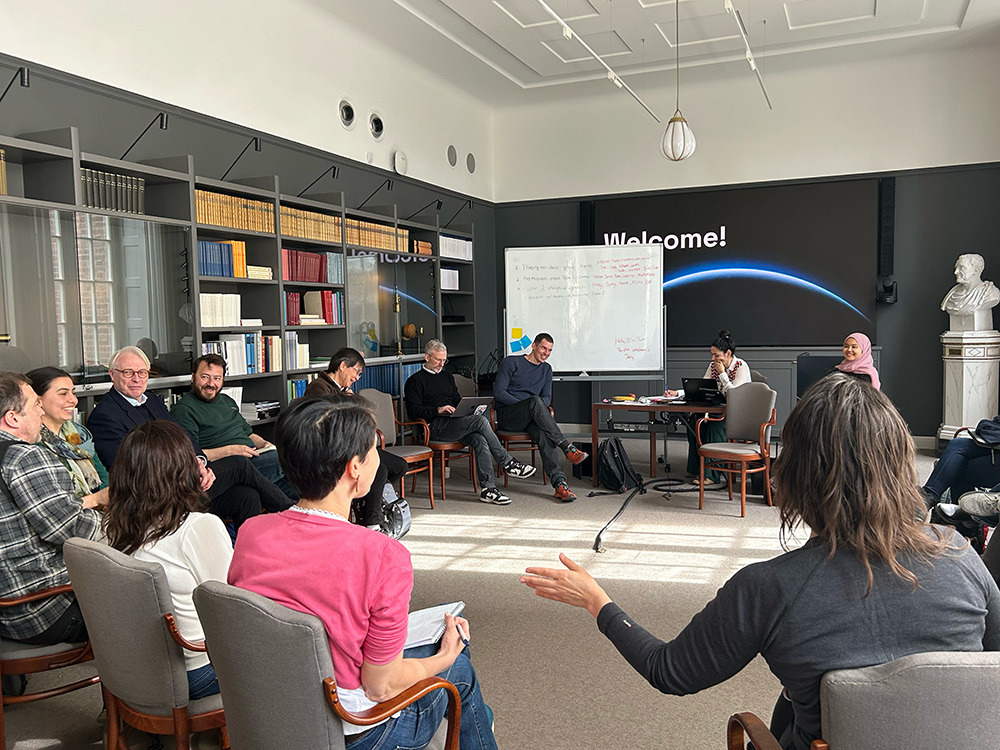 | |
|
|
In April, twenty researchers from around the world gathered to advance the scientific works for hope in the Anthropocene. Many of them are involved in our 2023 workshops on the Empirics of Hope, with some new collaborators joining. Together, we workshopped ongoing analysis addressing the following question — what are reasons to be hopeful about changes towards living in harmony with nature? Publications are in preparation, and synergies are marinating between the interdisciplinary researchers, waiting for a novel collaboration to emerge. We are looking forward to sharing outcomes and insights from this work soon. | |
|
|
| | Intertwined Biosphere | |  | | The road to sustainable citizenship lies in the conversations of life – Tim Ingold in 'How to imagine a sustainable world' (2024). | This spring, we continued our conversations on the Intertwined Biosphere. After a successful start to collaboration at the Intertwined Biosphere Workshop in May 2024, Esteban Jobbágy and Ariane König were invited to return for research visits. The laboratory also welcomed postdoc Tomás Milani for three weeks. The conversations are contributing to ongoing research; on the elements of life and on different ways of knowing that are rooted in understanding humans as embedded within the biosphere.
During her research stay, Ariane was invited to present her work on ‘Futures for the Pluriverse: A Grounded Approach to Scenario Design’ at a seminar with participants from the Laboratory and the Stockholm Resilience Centre. The seminar served to discuss latest insights into transdisciplinary research approaches to catalyse knowledge co-production on humans in the biosphere across differences in expertise, interests and understandings. The research brings together actor groups from diverse professions to identify fields for concerted action for biosphere regeneration that hold promise to all engaged, whilst exploring differences in understandings of human-biosphere relations as spaces for creativity and transformation. Ariane could also submit a perspective paper on ‘Regenerative food system governance: Imagination infrastructures for the co-production of transformative knowledge and practice’ on behalf of the team of co-authors that includes Andrew Hattle, Franscisco Goncalves-Gomez and Oscar Hartman Davies, who are all affiliated with the Anthropocene Laboratory. Fundamental ideas for this paper were forged at the May 2024 Workshop of the Intertwined Biosphere project.
Esteban gave a seminar at the water resilience colloquium at SRC, entitled: 'Are people and agriculture getting decoupled in the Anthropocene?'. In this seminar Esteban explored the role of food export and the spatial distribution of agricultural activity and human settlements over time. | | Visiting Researcher Ariane König | 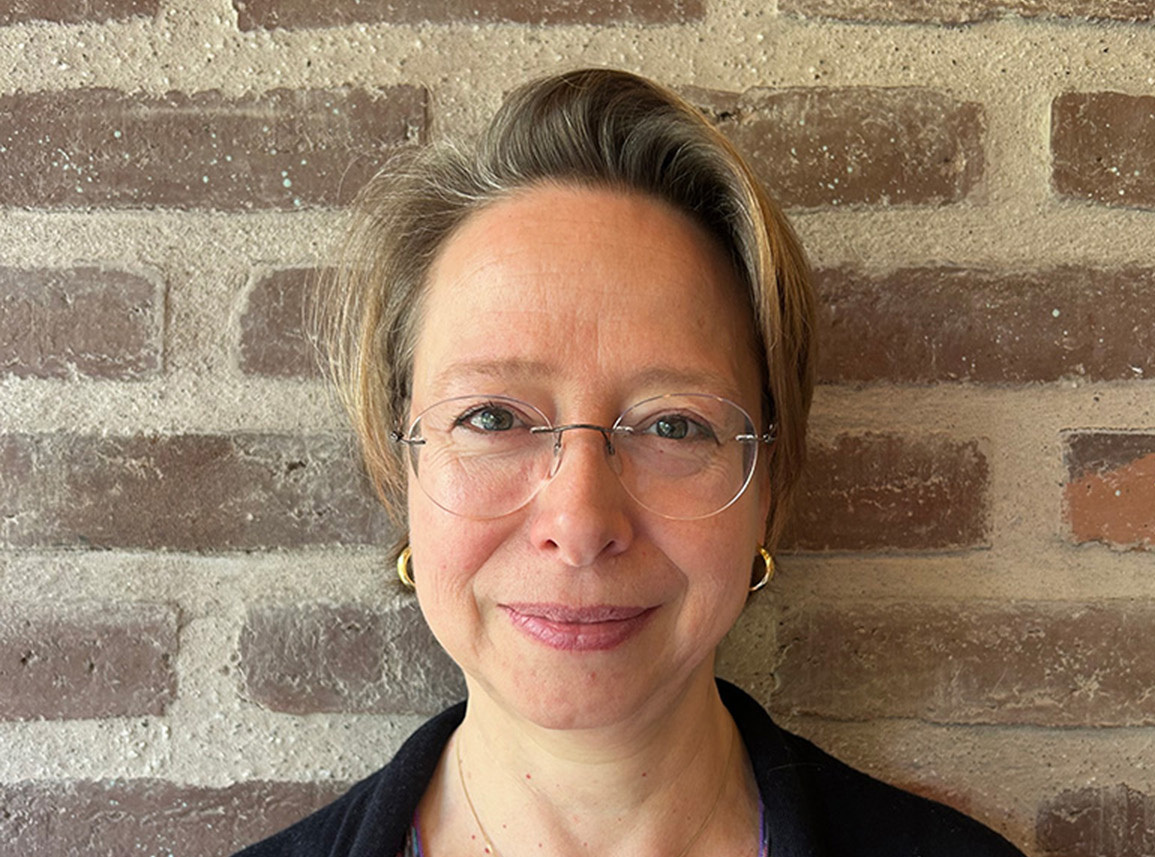 | | Ariane was with us as a Visiting Researcher for about a month from late May. How was her experience? | “The exchanges with colleagues from the Anthropocene Lab and visiting artists and affiliated scientists were inspiring! The unique dynamics of the transdisciplinary team here result in a creative approach to research that is truly contagious! ” says Ariane König about her stay. “Contributing to the artist-facilitated workshop to craft a new word in contribution to filling the gap in our awareness of human entwinedness with the biosphere was a profound and memorable experience. In future I will exclaim ‘Anderbree’ – loudly or in thought, but always with a big smile - whenever this special feeling of warm welcome and resonance in a (more-than-human) environment arises!” | |
|
|
| | Goldin+Senneby talk in September | Join us for a dialogue between art and science | 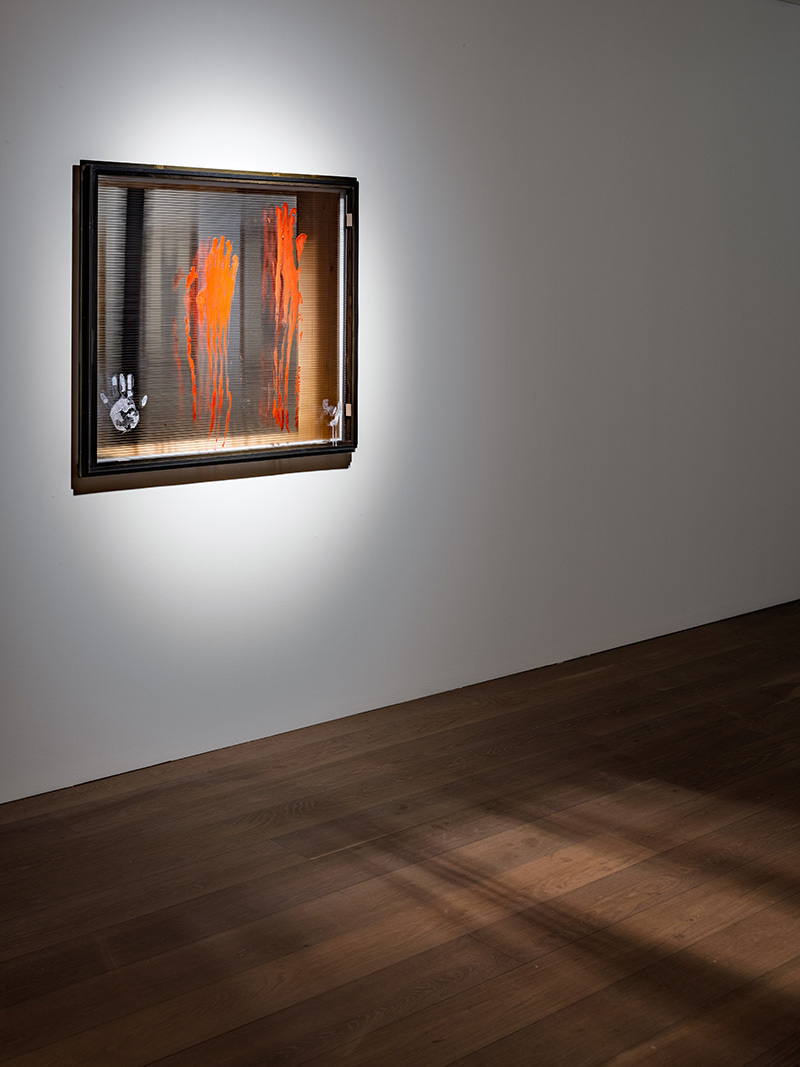 | ‘After the Artist Garden in Giverny’, 2024. Photo: Jean-Baptiste Béranger | Our work with artist duo Goldin+Senneby during the last year has included multiple conversations, visits to their studio, and their participation in scientific workshops. Their successful exhibition “Flare up” at Accelerator has received very positive reviews and was well worth a visit. Their creative approach, interest in the biosphere, and deep anchoring in art history have been inspirational for us as academics. We have learnt much through our collaboration, and hope that you will join us for a conversation with Goldin+Senneby about art, science, activism, and the many ways the biosphere can be observed, interpreted and communicated. We are planning an “After Landscape” exhibition talk with Goldin+Senneby on the afternoon of 8 September at the Academy. Details will be announced soon on our website—stay tuned! | | Stora Karlsö Retreat | Understanding the methods of artists | 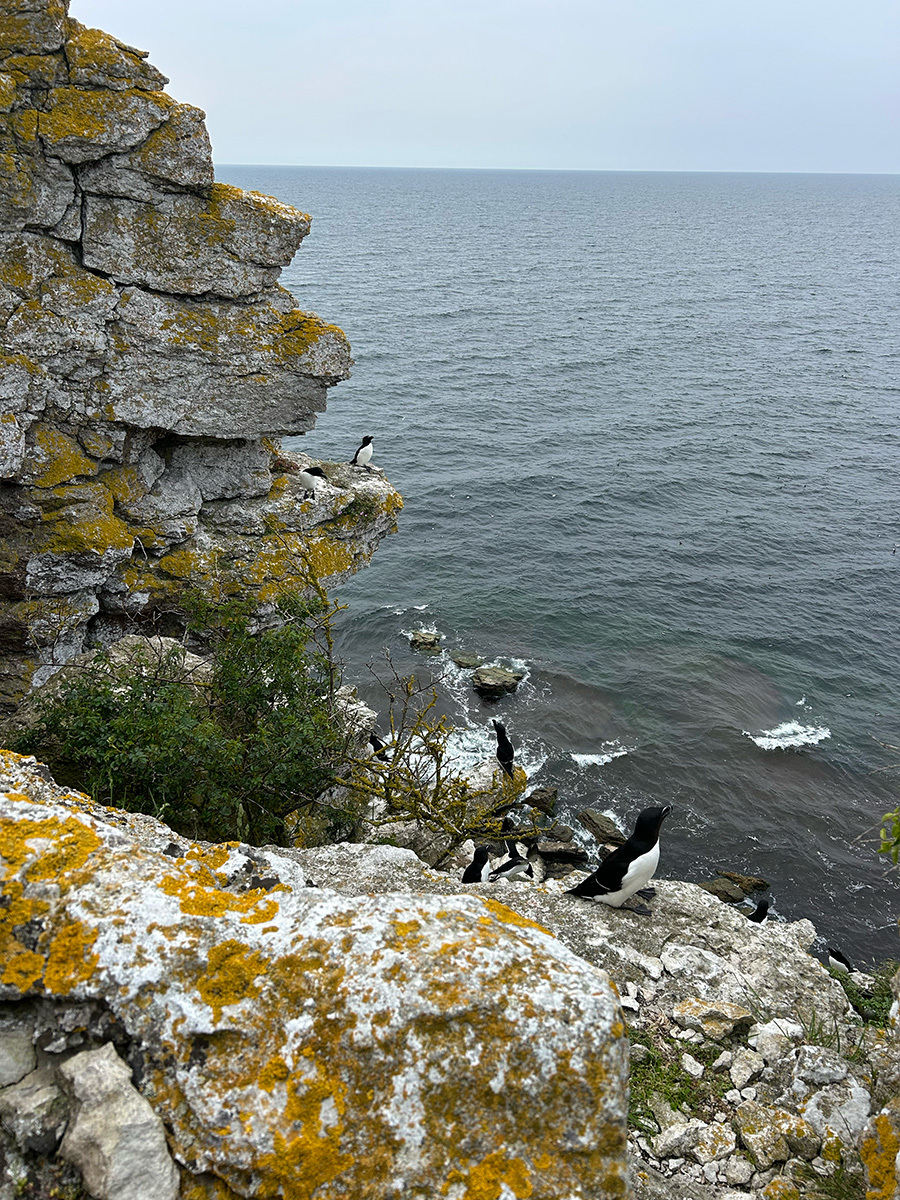 | | During a few days in June, we went on a field excursion/retreat to the island of Stora Karlsö in the middle of the Baltic Sea. Here, we worked with artists and seabird researchers, to explore the ancient history of the island, to study a tree documented by Carl Linnaeus, to learn about recent management interventions, and to learn about the animals and plants that inhabit this space. We learnt how the island has coevolved with people, and how different values and priorities have shaped the goals of the biosphere on this small piece of land. We were acquainted with the thousands of birds breeding here, on narrow cliff ledges, where they spend their days brooding on eggs, waiting for their chicks to hatch. Our visit to this beautiful place, in company with artists, helped us understand the many ways the biosphere can be sensed and made sense of. | |
|
|
| | Anthropocene Campus 2026 in Stockholm | Plans are being finalized | 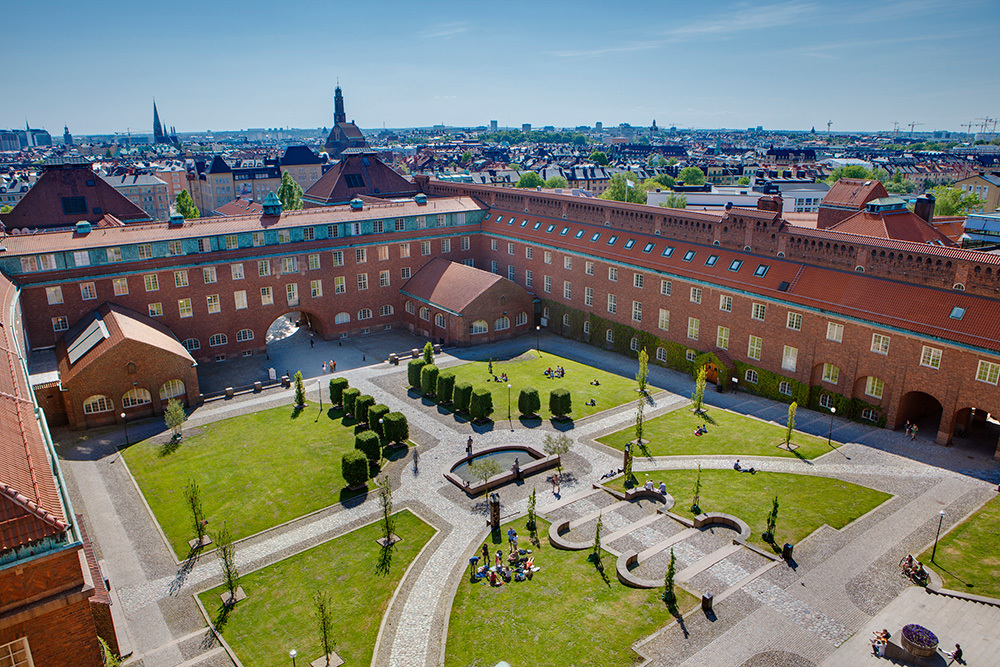 | | | |
|
|
| About The Anthropocene Laboratory | 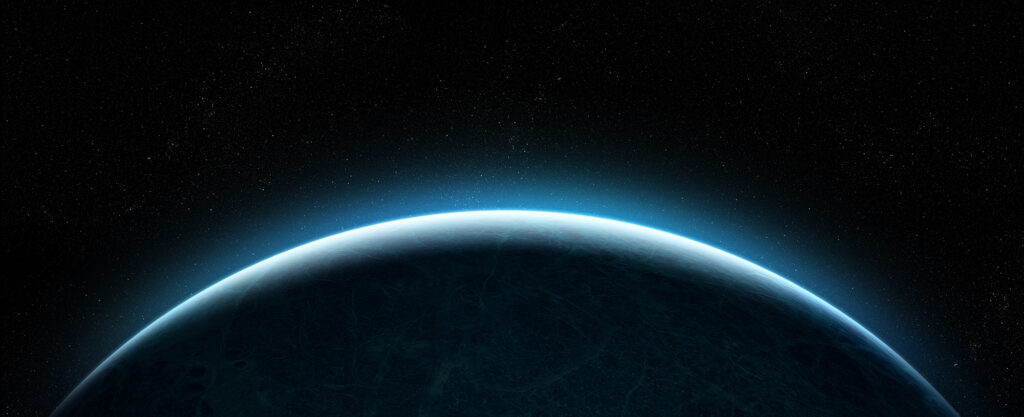 | | Vision
A revitalised anthropocene biosphere.
Mission
The mission of the Anthropocene Laboratory is to advance understandings of the intertwined biosphere, and to leverage this knowledge to identify and enable novel pathways towards a sustainable and just future. Through respectful dialogue and interdisciplinary collaboration, we explore creative approaches that integrate perspectives from the natural and social sciences, humanities, arts, and other fields of knowledge. Our aim is to catalyse positive change and inspire a future where our relationships with the living planet are revitalised.
Funders
The Anthropocene Laboratory is generously funded by two Swedish foundations, the Marianne and Marcus Wallenberg Foundation and the Marcus and Amalia Wallenberg Foundation.
Partners
We are proud to partner with Goldin+Senneby, Accelerator, The Centre of Excellence for Anthropocene History at the KTH Royal Institute of Technology in Stockholm, The Max Planck Institute of Geoanthropology, The Nobel Prize Museum, The Beijer Institute of Ecological Economics, the Global Economic Dynamics and the Biosphere Academy Program (GEDB), the Stockholm Resilience Centre (SRC) and visual artist Tone Bjordam.
| | |
|
|
|